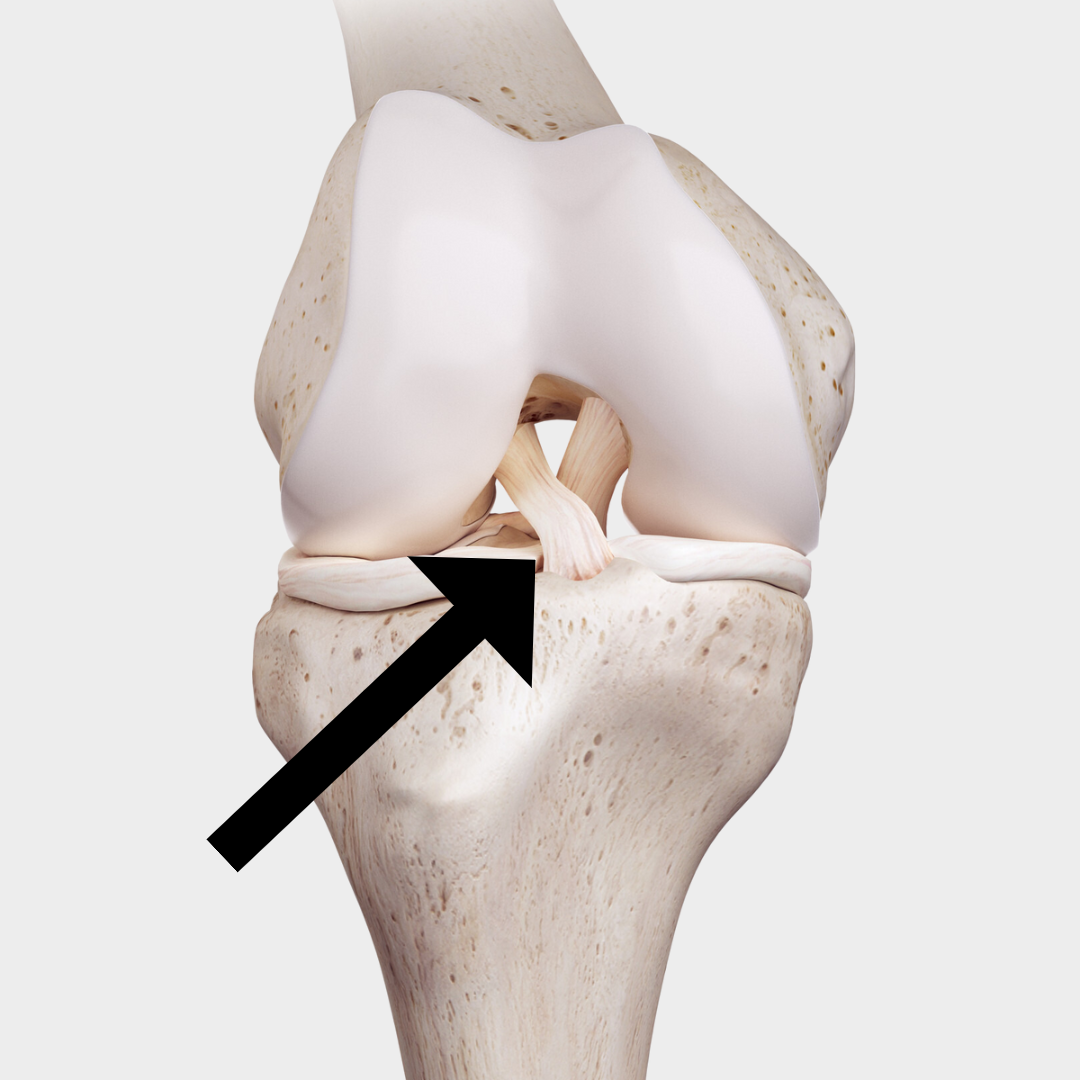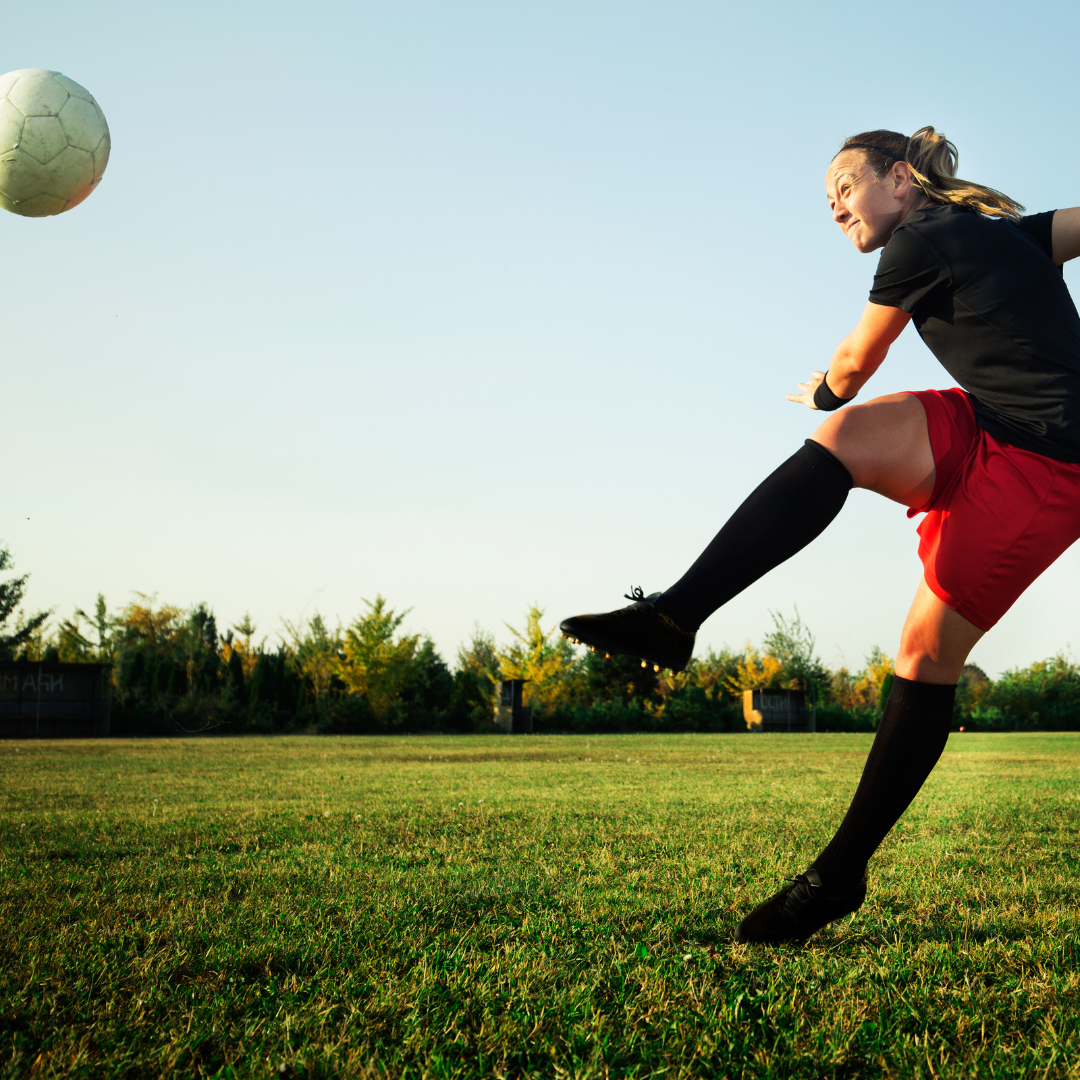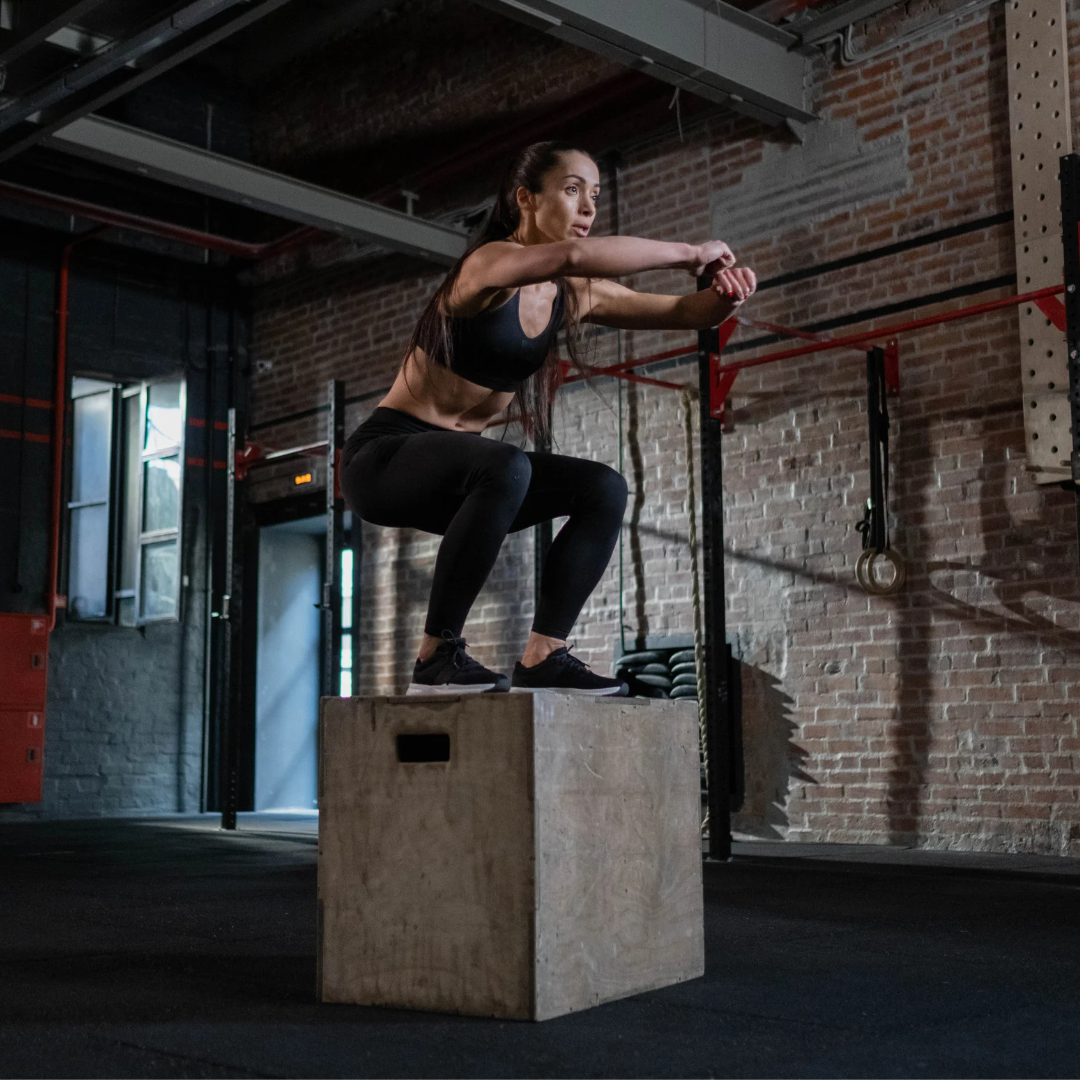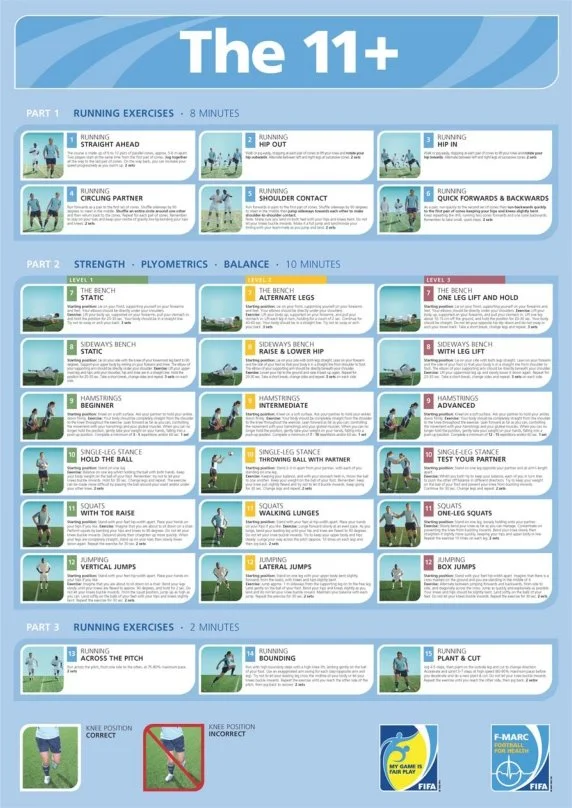ACL Ruptures, An Australian Epidemic
Australia has the unfortunate title of ACL rupture capital of the world!
Per capita we have the highest rate of ACL rupture and ACL reconstruction. A recently released 20 year study highlighted that this problem is only getting WORSE.
ACL ruptures are increasing across the population. However, it is most worrying that the most dramatic increase has been seen in our younger population. We are seeing increases of 7.3% and 10.4% YEAR ON YEAR in males and females respectively between the ages of 5 and 14.
This means that at the current rate, ACL ruptures are doubling in 5 to 14 year old girls every 9 to 10 years and in boys every 13 years.
What Is The ACL?
The Anterior Cruciate Ligament (ACL) is a connection that runs from the back of the thigh bone, to the front of the shin bone.
The ACL prevents the shin bone from moving forwards or rotation inwards in relation to the thigh bone. However it function is not JUST to provide mechanical stability to the knee joint
THE ACL has a very important role in sending information to the brain related to joint position. the brain uses this information to adjust how we move and position ourself.
This function provides not only protection but performance! allowing us to quickly twist, turn, change direction, jump, hop and land. All the things that make us good at sports!
Injury to the ACL leads to a a complex array of symptoms
ACL ruptures have always been considered a relatively serious injury.
Until recently we used think that they only really caused a reduction in mechanical stability of the joint.
We now know that the effects are far more widespread. Physical changes have been observed within the surrounding muscles, the muscles of the opposite leg, the spinal cord and brain.
This leads to a knee joint which isnt only mechanically unstable but also other symptoms such as:Reduced strength particularly of the quadricep muscles
Reduced co-ordination, balance and control
Reduced joint position sense (proprioception)
Altered movement patterns, jumping and landing mechanics
Reduced power output
This is JUST in the short term
In the mid-term over 33% of those returning to multi-directional sports such as soccer, AFL or rugby will sustain further knee injury. The latest analysis also suggests that reconstructive surgery may not decrease the risk of subsequent injury!
In the longer term symptomatic post-traumatic osteoarthritis rates at 10 years post injury are around 35% with risk increasing as time goes on. Surgical reconstruction may even INCREASE the chances of OA occurring!
How do ACL Injuries Occur?
There are two main catagories of ACL rupture
1) Contact Injury - These occur due to contact between players for example in a tackle
2) Non Contact Injuries - These occur more commonly in team sports when defending. For example jockeying an opposition player, shaping for a tackle, landing from a jump or a quick change of direction
Interestingly 70% of all ACL injuries are non-contact.
Why are Injury Rates Rising So Quickly In Australia?
There are 2 main reasons that have been proposed
1) We are seeing increased participation in sport, especially in females
2) Our kids are specialising in a single sport at a younger age. As they become more skilled this leads to longer more intense training sessions, more games, greater levels of competition and inadequate downtime/rest
3) In those that are older we are seeing more weekend warrior or those returning to sport wishing to relive past glories! Inadequate training and return to high levels of competition in a risk factor
What can we do about it?
Most ACL injuries are non contact. Through research we have been able to identify both risk factors and prevention strategies for ACL injury.
Unmodifiable Risk Factors
These are things that we cannot change
1) Sex
Unfortunately females have a significantly higher risk of sustaining an ACL injury than males. In soccer studies show this is as high as a 4-6 x higher risk.
2) Age
Those aged between 15-24 had the highest rates of ACL injury. Though as mentioned the rates of those between 5-14 are rising the quickest.
3) Choice of Sport
It would be ridiculous to stop uninjured individuals to stop playing a sport based on “what ifs”. All multi-directional sports have an ACL injury risk, however it is soccer that has the highest rates of ACL injury.
Modifiable Risk Factors
These are things that WE CAN CHANGE!
1) Neuromuscular Control
Neuromuscular refers to the ability of your neurological and muscular systems to control a specific joint and control complex movement e.g hopping or landing from a jump.
Many non-contact ACL injuries occur due to poor movement strategies or lack of control in the way we move.
2) Muscle Strength
The evidence regarding muscle strength and ACL injuries is mixed!
However the general consensus is that weakness of the glutes, hamstring and quadriceps can all increase risk of ACL rupture.
As can an asymmetry between hamstring and quad strength in the same leg. As quadricep strength differences between legs.
Prevention Stategies
Training to improve both neuromuscular control and muscle strength can have a huge impact on ACL injury risk!
The most studied injury prevention intervention in probably the FIFA 11. To increase compliance neuromuscular and strengthening exercises were incorporated into a soccer warm up program.
A huge number of studies have looked at its effectiveness. Dependent upon the study you are looking at an injury reduction rate between 30-70%, with any injuries sustained likely to be less severe. THIS IS HUGE!!!!
Take Home Message
Whilst a seperate individualised strength, conditioning and neuromuscular control program would be ideal, as a bare minimum all those who compete or play a multi-directional sport should be completing some kind of neuromuscular control and strengthening program. To make it easier this can be included as part of a warm up.
A warm up is NOT a jog around the pitch and a stretch
Following on from the success of FIFA 11, many other sports have designed their own injury prevention warm ups, making them specific to the individual sports. These include Prep to Play (AFLW) and The Knee Program (Netball Australia).






